SRAM Guide Ultimate - first look
Premium addition to the Guide brake family
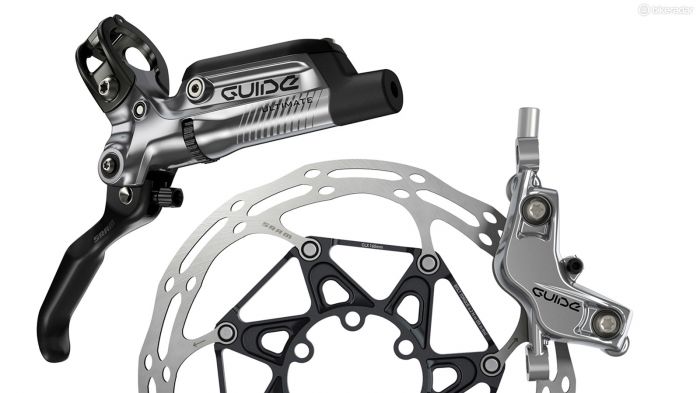
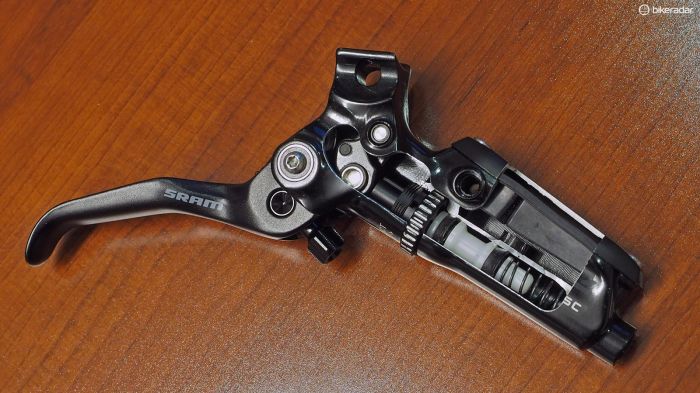
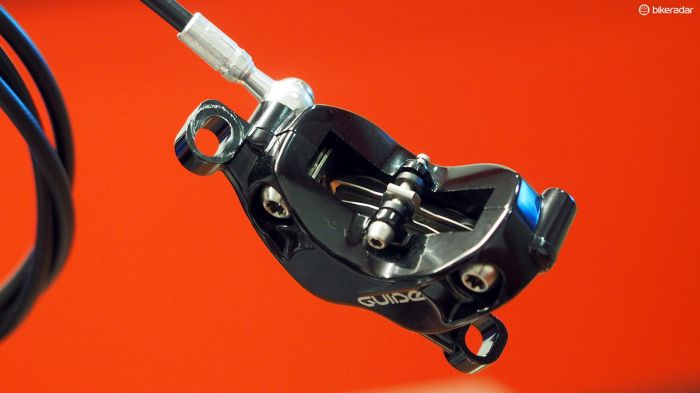
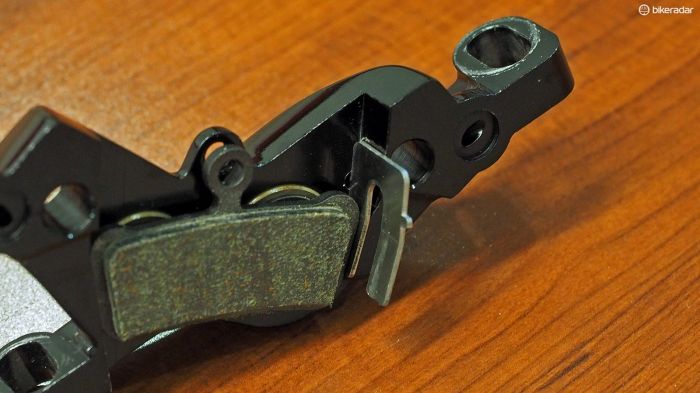
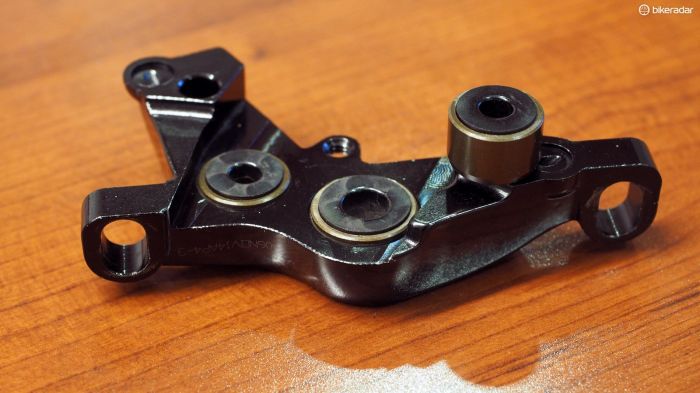
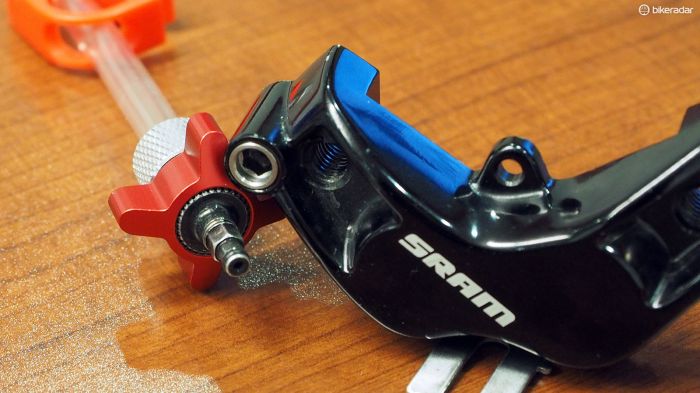
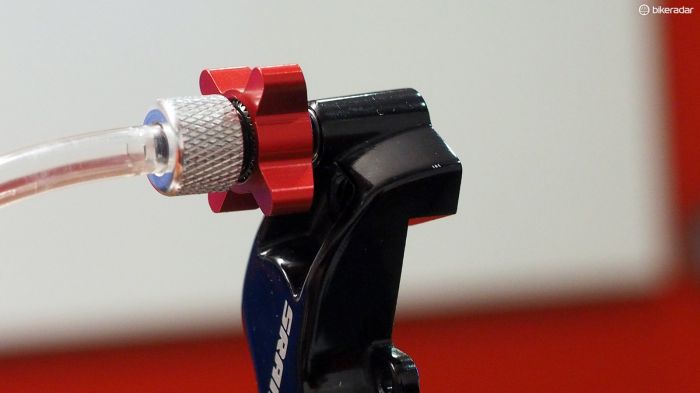

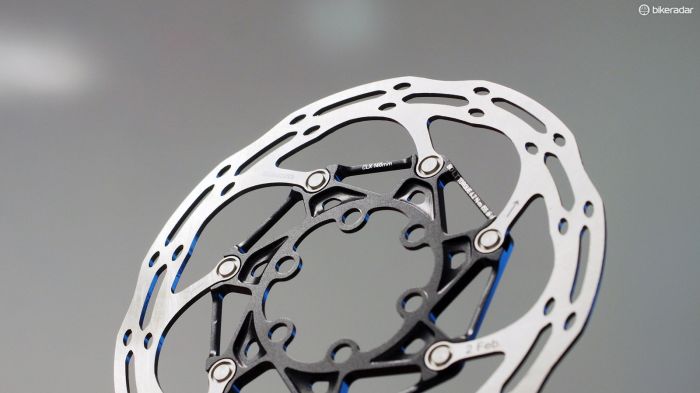
This article originally appeared on BikeRadar
SRAM has just released details of a top-tier addition to the Guide brake line. The new SRAM Guide Ultimate sheds weight while introducing several new technologies intended to improve performance and serviceability.
Last year, SRAM rolled out the Guide family of brakes. The company's brake engineers went back the drawing board to design a new brake was powerful and, most importantly, more reliable than SRAM's previous Taperbore-equipped designs.
In fact, one of our only criticisms of the otherwise outstanding Guide RSC was that it was slightly heavier than the XO Trail brake it was designed to replace. We didn't know it at the time, but SRAM had a premium addition to the Guide platform waiting in the wings.
"It's an evolution of Guide. It's taking everything we've done and pushing it one step further," said SRAM brake product manager James Alberts.
The Guide Ultimate uses the same lever body and master cylinder as the current Guide brakes and features the reach adjust, Swinglink and contact point adjustment present in the Guide RSC. It ushers in the upgrades we've come to expect from Avid/SRAM brakes branded as 'Ultimate' such as a carbon brake levers and titanium hardware. While these features shed a few grams, it's the revisions to the caliper that are truly noteworthy.
A cooler caliper
Get The Leadout Newsletter
The latest race content, interviews, features, reviews and expert buying guides, direct to your inbox!
The most obvious change from previous Guide caliper is the milling of excess material from the aluminum body, but the real technology is housed within.
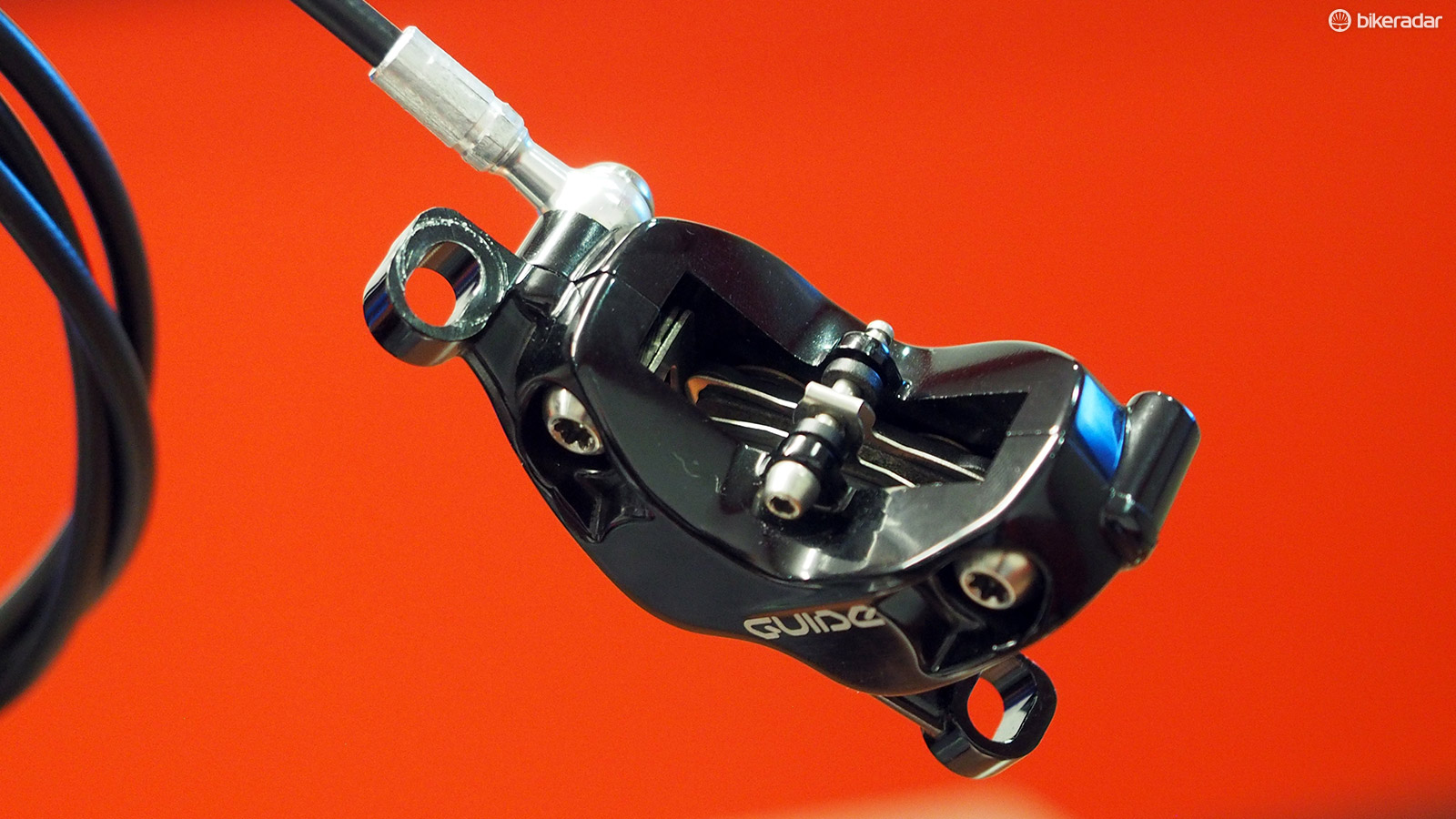
The Guide Ultimate caliper receives a number of additions intended to make it run cooler
SRAM sought to make the Guide Ultimate run cooler and decrease the likelihood of brake fade.The new S4 caliper uses the same matched pairs of 14mm and 16mm pistons sizes as other Guide brakes — a carryover design from SRAM's now-retired Trail bake.
However, the materials used for the pistons, as well as the seals were changed.
In the case of the pistons, the piston material was changed to improve heat management.
A new, more elastic material was used for the caliper seals. SRAM claims the increased elasticity of the Guide Ultimate’s seals increases pad clearance and reduces the amount of dead band. (The amount of lever throw before the brake pad contacts the rotor.)
SRAM also stretched the pad pocket by 2mm to allow for better cooling via improved airflow. Last but certainly not least, SRAM incorporated a heat shield into the Guide Ultimate's caliper to prevent heat from traveling directly up the hose from caliper, which can result in brake fade.
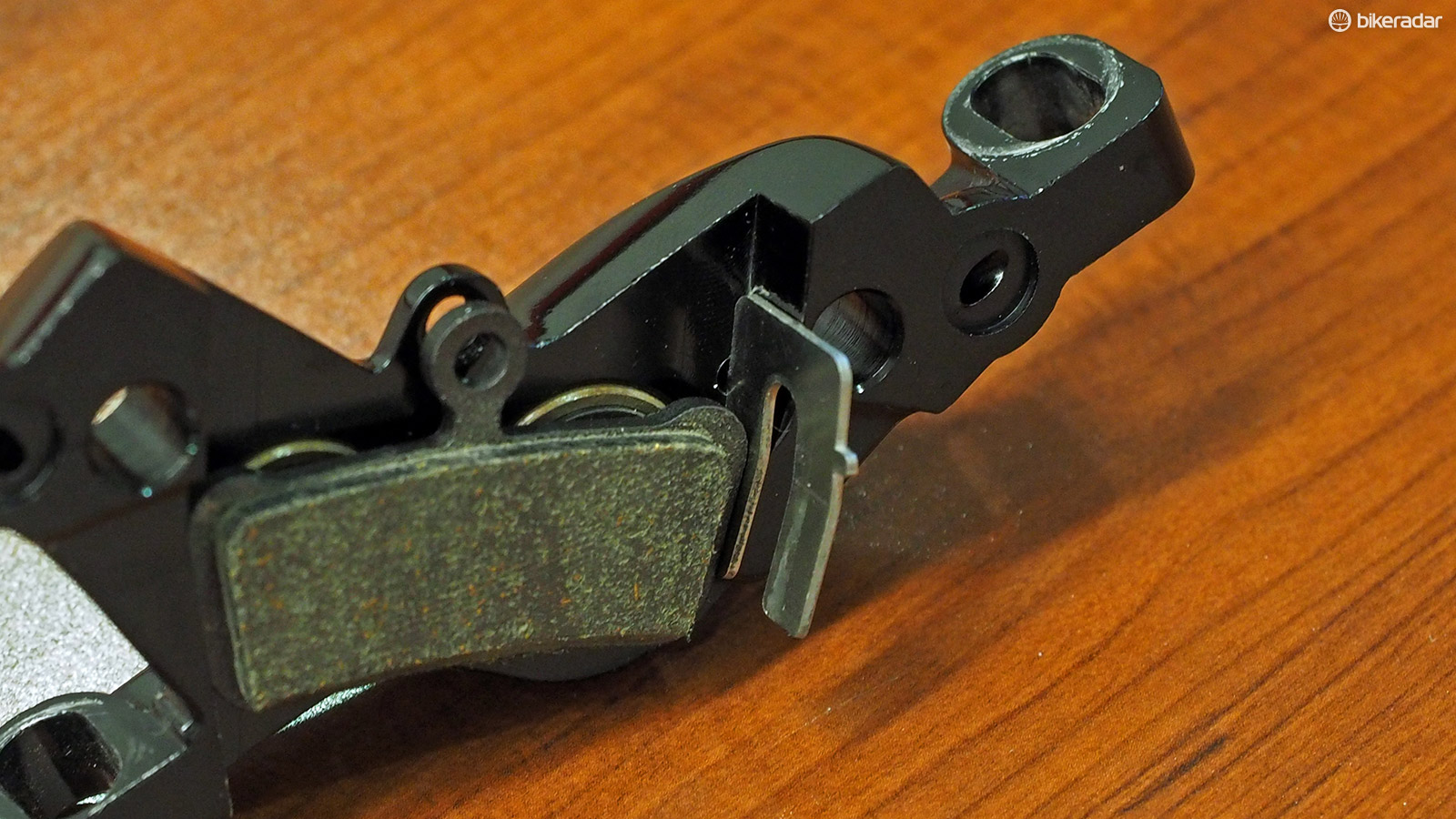
A heat shield located in front of the brake pads prevents heat from being transferred straight up the brake line
SRAM claims that lab tests on a dyno designed to replicate braking down an 800m descent at Italy's Lake Garda demonstrated that the Guide RSC brakes reached 220°c, while the new Guide Ultimate ran cooler at 195°c. According to SRAM, that's just 2°c warmer than a Shimano brake system with a radiator pads and Freeza rotors.
Readers may also remember that SRAM faced some growing pains on the road side of hydraulic brake development when it came to cold weather performance. SRAM has since begun testing its all its brakes systems from a frostbitten -35°c all the way up to a scorching 55°c to ensure reliable performance over a wide range of conditions.
Alberts claims that the Guide Ultimate will see no more than a 4mm change in lever throw across this broad range of temperatures.
While the Guide Ultimate caliper received significant upgrades, readers may be glad to learn that it still accepts the same brake pads as other Guide and Trail brakes.
Better bleeding
In addition to features designed to improve performance, SRAM engineers also sought to make the Guide Ultimate easier to maintain by repositioning the bleed port at the bottom of the caliper and by developing a clever locking bleed port.
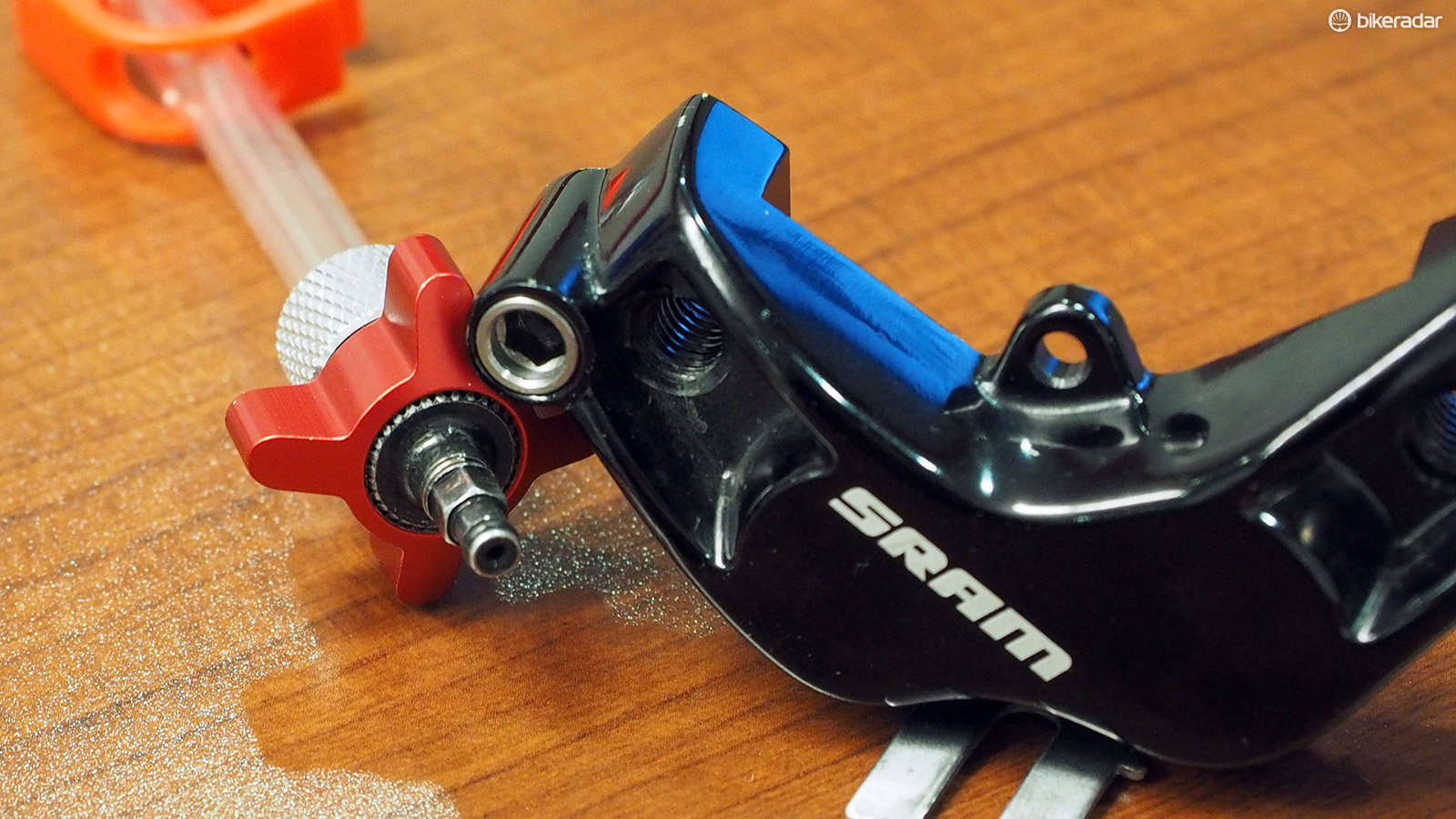
This new bleed fitting should expedite the bleed process for the Guide Ultimate
Called Bleeding Edge, this port, located on the Guide Ultimate Caliper, works in concert with a new push/pull locking fitting to make bleeding even easier.
"There are less steps. It's easier to do, and we're trying to make it as fool-proof as possible," said Alberts of the new system.
SRAM intentionally left this technology off the bleed port on the master cylinder to prevent over pressurizing the system.
It would not surprise us if this technology makes its way throughout the rest of SRAM's brake line and was also incorporated into the next generation Reverb seatpost.
The bleed port is now located at the bottom of the caliper to reduce the likelihood of trapped air bubbles.
Two-piece rotors
The Guide Ultimate also ushers in a new two-piece rotor design. The new rotors feature seven arms to better cope with heat and use the same Centerline design as current Guide rotors.
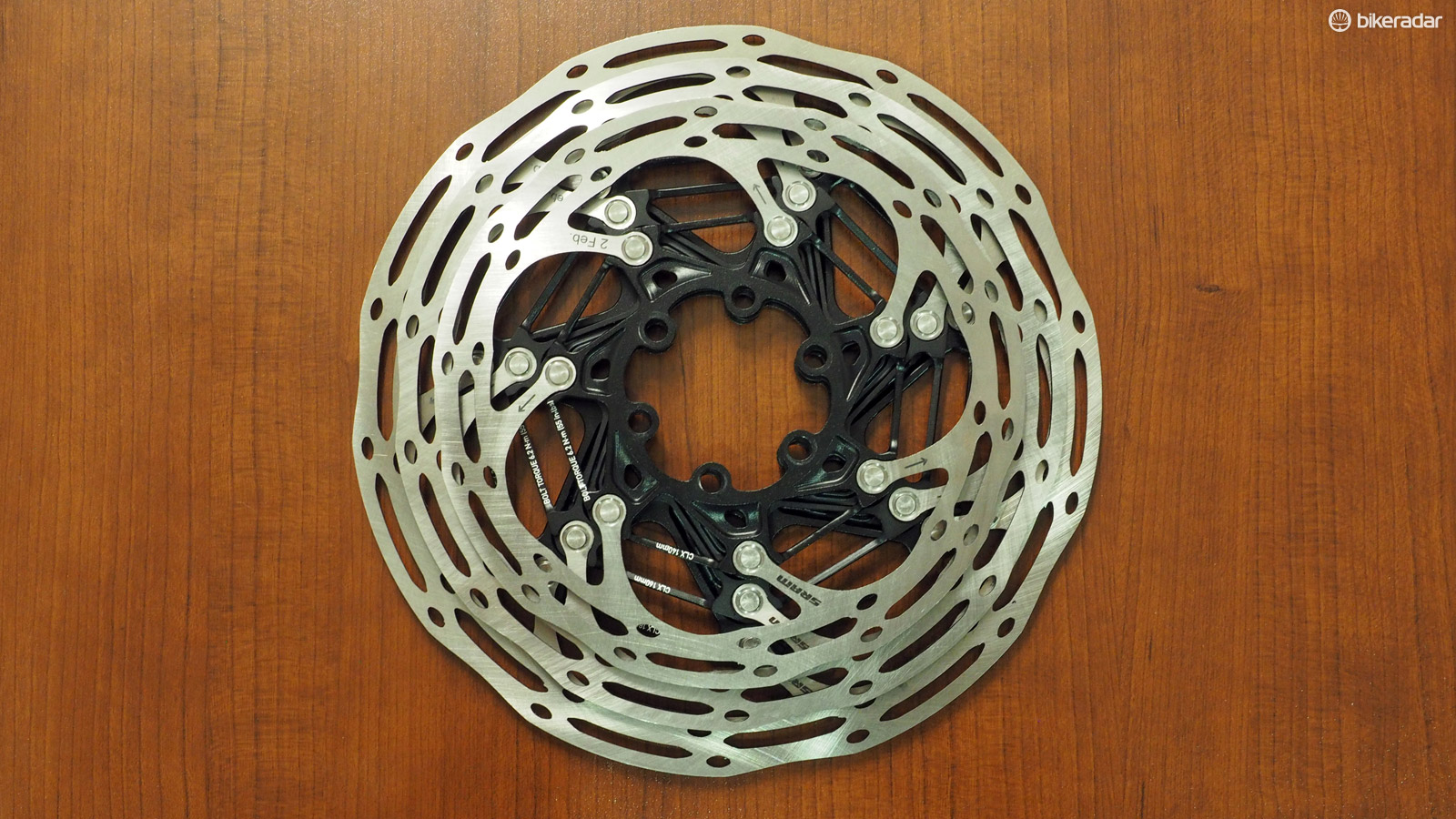
SRAM will offer the new rotors in 140, 160 and 180mm diameters
Weights, pricing and availability
The claimed weight for the Guide Ultimate lever, with 800mm of hose and caliper is 366g.
Pricing is set at US$288 / £229 / €301 / AU$390.
The new two-piece rotors will be sold separately in 140, 160, 180mm sizes in both six-bolt and Center Lock versions.
Pricing for the rotors with titanium bolts is US$72 / £57 / €75 / AU$90 for 140-160mm rotors. The 180mm rotor option will set buyers back US$78 / £62 / €81 / AU$95.
SRAM expects to begin shipping the Guide Ultimate this May (Australia to receive in June).